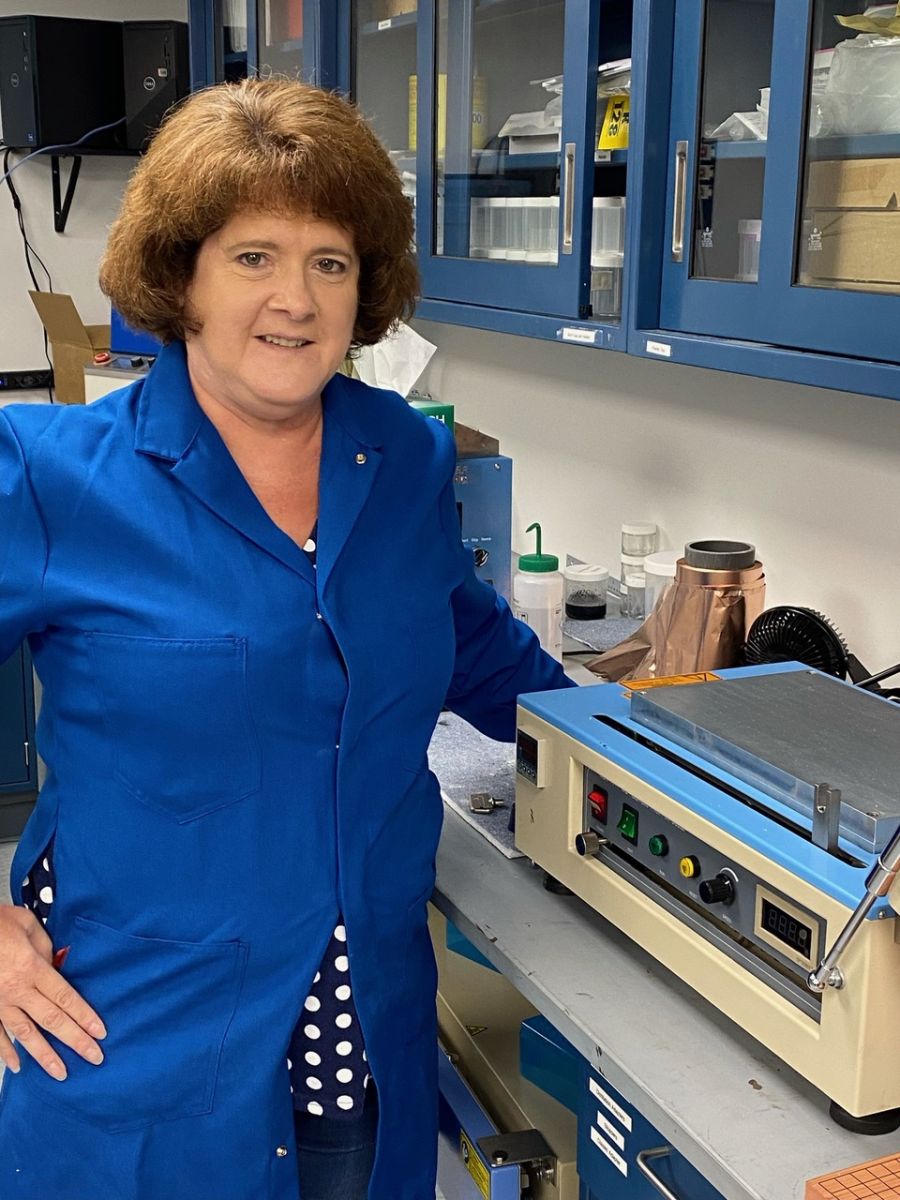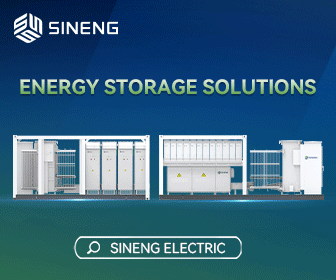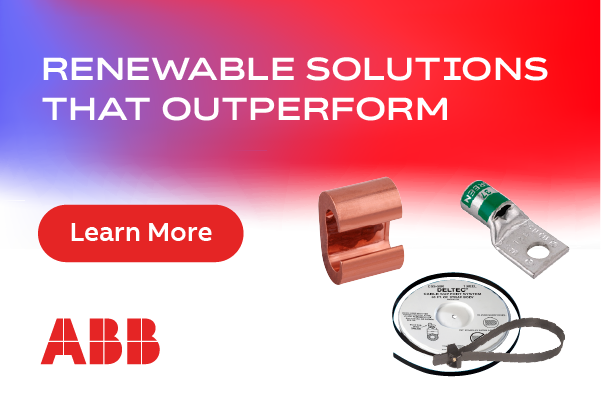The Key to High-Efficiency EV Batteries is Silicon Anode Innovation
Lithium-ion batteries have become well known in the cleantech industry as the enabler of electrification and EV adoption. In an automotive industry brought to great heights by the ingenuity and industrious nature of the United States, the challenge before us relies on that ingenuity, specifically with regards to the battery.
The US lacks the raw materials needed to make the lithium ion batteries. Cost-wise, the battery is the biggest part of an EV, posing serious consequences for EV adoption. While the adoption of EVs in the US has steadily risen over the years, if it is going to accelerate to a level that matches or even exceeds other nations, scientists need to innovate around EV battery chemistry to give automakers the promising tools they need to compete on a global scale.
Moving forward: Why silicon?
.jpg) EV battery technology must become better, stronger, and more durable, if it hopes to meet the growing demand and mitigate the concerns of hesitant consumers around EV adoption. Right now, many potential consumers are worried about the following:
EV battery technology must become better, stronger, and more durable, if it hopes to meet the growing demand and mitigate the concerns of hesitant consumers around EV adoption. Right now, many potential consumers are worried about the following:
- Not getting much mileage out of a single battery charge (especially while a shortage of public charging units is a concern).
- Being stuck at a charging station for extended periods of time while they wait for their car to be ready to hit the road again.
- Having to replace their EV’s costly battery every few years.
This is where silicon steps in.
For years, graphite has served as the anode material in most, if not all lithium-ion batteries. However, silicon can contain up to ten times the charge capacity as their graphite counterparts, creating significant opportunities for anodes that contain at least some (if not all) silicon. While this sounds like a fantastic breakthrough, most companies are only able to incorporate ~5-10 percent silicon in their anodes due to a combination of pulverization and build-up of wasteful byproducts.
Given the 10X potential, even being able to add small additional amounts of silicon can have a profound effect on the capacity of the overall battery. If the challenges of pulverization and build-up of waste products can be addressed, silicon would be the best choice for lithium-ion battery use.
Nano-sized particles: The innovation we need
Much of the pulverization and byproduct issues with silicon stem directly from the expansion/contraction cycle they go through during charging/discharging. This is due directly to the Solid-Electrolyte-Interphase (SEI) that forms on the surface of the anode. In the case of silicon, the SEI that forms can be substantial and quite brittle. In most cases, when the anode material contracts during discharge, the SEI layer breaks off in pieces and floats in the electrolyte, no longer contributing to the performance. The more this happens, the more lithium is consumed, and the faster the battery degrades.
Researchers have found that using smaller and smaller electrode particles greatly minimizes or excludes this effect. In fact, those using less than 150nm particles stand the best chance for success.
There are two ways to create these nanoparticles through chemistry: top-down or bottom-up. Top-down chemistry processes generally include the ball-milling of mined silicon, and often produces particles with irregular shapes in a very non-uniform size distribution. In contrast, a bottom-up chemistry process starts with the chemical building blocks of silicon-based material, and chemical reactions are performed to build the final desired anode product. This allows very tight control over the size distribution and resultant shape of the nanoparticle, giving scientists the ability to perfectly manipulate the size and shape to more effectively perform within a battery setting.
These silicon nanoparticles allow for far less pulverization and byproduct build-up, which then allows battery scientists to pump the anode up with more silicon beyond the previously-limiting 5-10 percent threshold.
This all results in a higher-efficiency, higher-performance EV battery that will last longer on a single charge, charge faster when power gets low, and overall live longer than the current industry standard so consumers will be able to go longer between EV battery replacements.
Silicon nanoparticles are the true key to unlocking the next generation of lithium-ion batteries that will quell these ongoing consumer anxieties around EV adoption.
 Impact of the Inflation Reduction Act & beyond
Impact of the Inflation Reduction Act & beyond
The recent passing of the Inflation Reduction Act (IRA) is poised to have a profound and positive impact on the advancements in silicon anode technology. This landmark legislation enables American companies to access unprecedented levels of investment, unlocking new opportunities for growth and innovation.
With the IRA in place, the potential for the development of silicon anode technology is bound to skyrocket. This will not only bolster the companies spearheading these breakthroughs, but also drive greater integration of cleantech and other emerging technologies. Moreover, the act's incentives for domestic manufacturing are likely to lure automakers into relocating production to the United States. The substantial financial support provided to the domestic supply chain, and the provisions for tax breaks on EV battery manufacturing companies, are set to accelerate the growth of the EV industry and fuel its adoption across the nation.
While the full scope and longevity of the IRA's impact are yet to unfold, it is expected to significantly contribute to the overall health of the industry and, importantly, reduce the United States' reliance on China for critical materials essential in EV battery manufacturing.
The IRA marks a turning point in the trajectory of silicon anode technology. By fostering an environment conducive to research, development, and production, it promises to redefine America's role in the clean energy landscape — and holds the potential to transform the way we power our vehicles and mitigate environmental challenges on a global scale.
Bringing it all together
Creating the next generation of lithium-ion batteries is not as simple as getting a group of talented scientists together to inject some extra silicon into existing batteries. It’s going to take a continuing and coordinated effort between many of these scientists along with the aid of the national government, giving them the tools, funds and incentives necessary to continue their research, develop new innovations, and bring them to market at a pace and price that works for the greatest number of consumers as possible.
Michelle Tokarz is VP of Partnerships & Development at The Coretec Group, which engineers silicon to improve life and power tomorrow’s EV, cleantech, and emerging technology markets.
The Coretec Group | thecoretecgroup.com
Author: Michelle Tokarz
Volume: 2023 September/October









